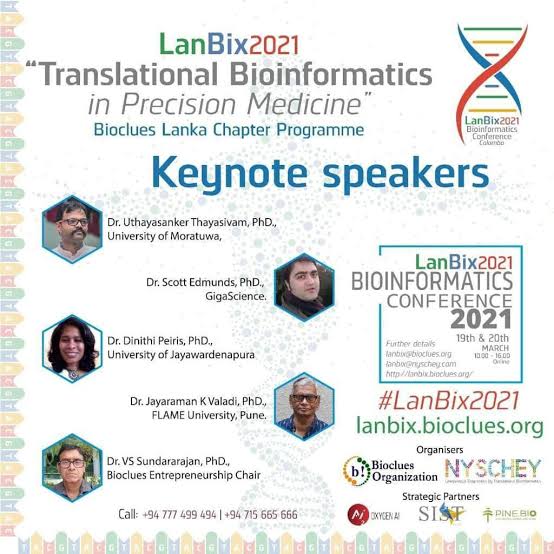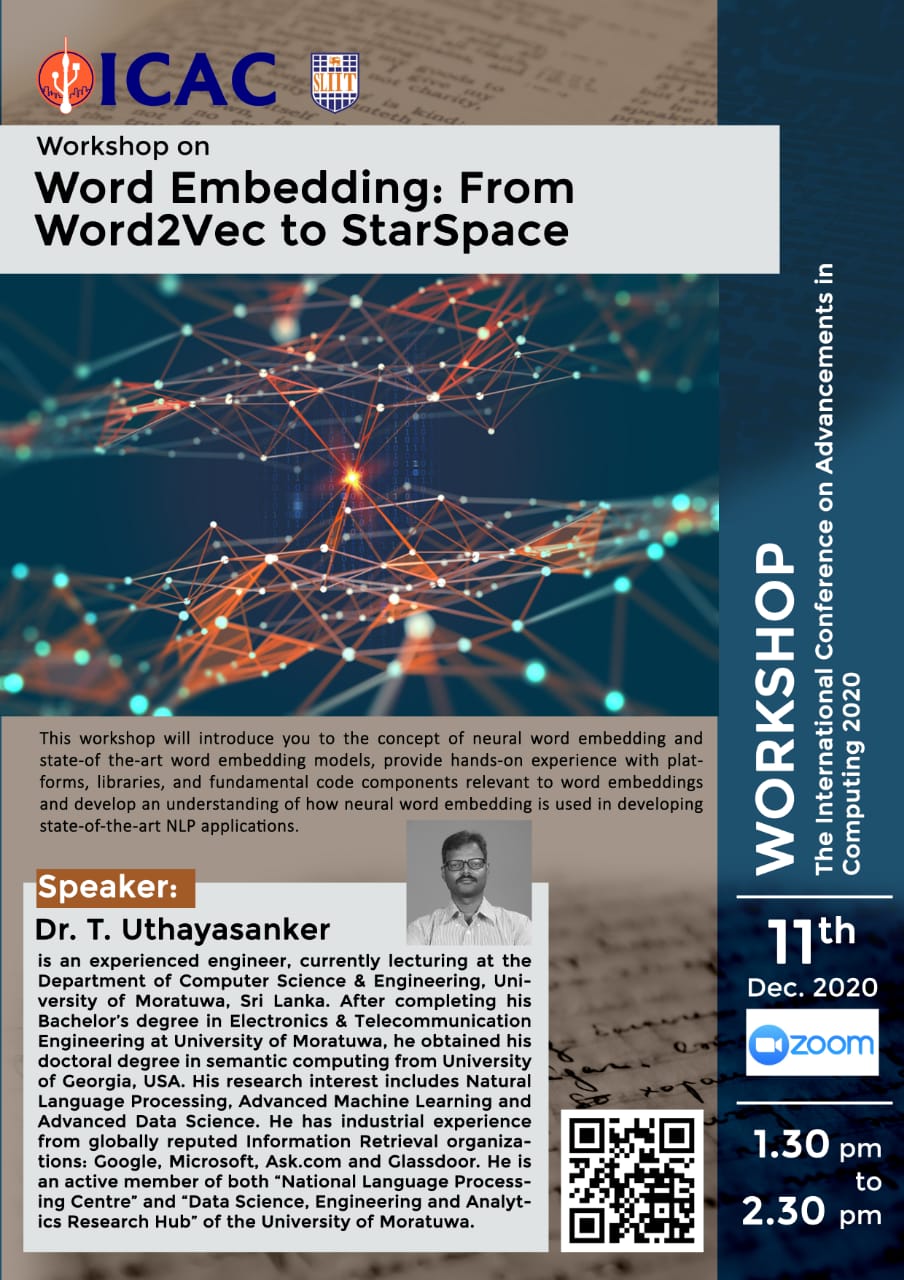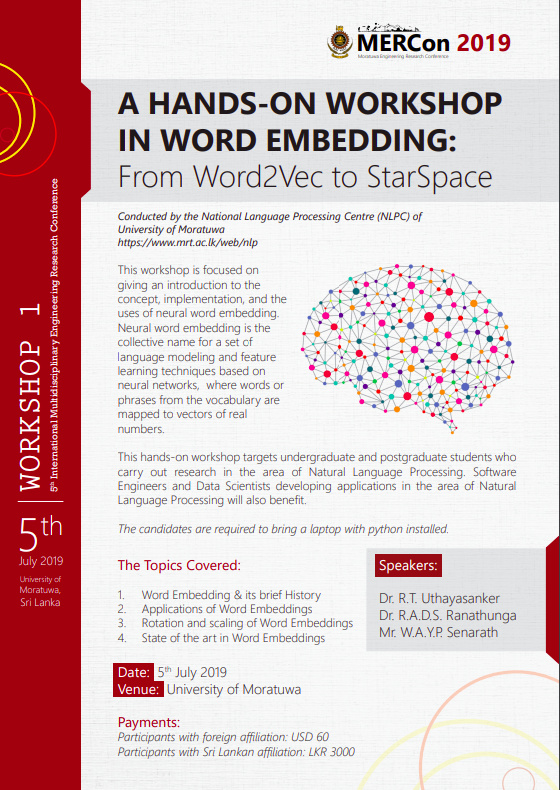Landslide Research and Risk Management division of National Building Research Organization (NBRO) is the central body in Sri Lanka for monitoring the landslides and conducting field surveys on landslides. Spatial digitalized GIS (Geographical Information System) maps which include
1. Geology map
2. Hydrology map
3. Inaccessible area map
4. Landform map
5. Previous landslide map
6. Land Use map
7. Overburden map
8. Slope map
based on the field survey conducted by NBRO were utilized in this study to create the spatial database for the study area in Sri Lanka. These maps contain most important attributes which cause for landslide such as Bedrock geology data, land use data, soil cover data, previous landslide occurrence data, slope data and distance to water resources data. A topographic map is available at Survey department. Even though there are available topographic maps on internet, maps issued by survey department has high accuracy as their maps are based on field survey data.
Data provided by Ireland Geological Survey (IGS) was used to create the spatial database for the study area in Ireland. Additionally, a Digital Elevation Model (DEM) was used to derive new features like aspect, curvature and stream network in the study area. Remote sensing Landsat images were used to calculate the vegetation index in the areas as well. In this research, ArcGIS 10.4 was used to handle the feature datasets, extract data and construct LSMs according to the results generated by the models.
The collected data has the following features.
1. Land use - Obtained via Survey from NBRO Sri Lanka , Ireland geological survey department
2. Landform - Obtained via Survey from NBRO Sri Lanka , Ireland geological survey department
3. Vegetation index - Obtained via Normalized Differential Vegetation Index (NDVI) from U.S Geological Survey
4. Elevation - Obtained via DEM from U.S Geological Survey
5. Slope - Obtained via Survey from NBRO Sri Lanka , Ireland geological survey department
6. Overbudden - Obtained via Survey from NBRO Sri Lanka
7. Aspect - Derived from DEM
8. Curvature - Derived from DEM
9. Catchment area - Obtained via Survey from NBRO Sri Lanka
10. Drainage density - Obtained via Survey from NBRO Sri Lanka
11. Distance to stream - Derived from DEM
12. Annual rainfall - Calculated from daily rainfall amount from Dark Sky API, Met Éireann (Meteorological institute of Ireland)
13. Lithology - Obtained via Survey from Ireland geological survey department
14. Bedrock - Obtained via Survey from Ireland geological survey department
15. Past Landslides - Obtained via Survey from NBRO Sri Lanka, Ireland geological survey department
Associated Publication: -
Paper Title: A Generalized Ensemble Machine Learning
Approach for Landslide Susceptibility
Modeling
Published in: Data Management, Analytics and Innovation pp 71-93
DOI: https://doi.org/10.1007/978-981-13-9364-8_6
Citation: -
Bandara A., Hettiarachchi Y., Hettiarachchi K., Munasinghe S., Wijesinghe I., Thayasivam U. (2020) A Generalized Ensemble Machine Learning Approach for Landslide Susceptibility Modeling. In: Sharma N., Chakrabarti A., Balas V. (eds) Data Management, Analytics and Innovation. Advances in Intelligent Systems and Computing, vol 1016. Springer, Singapore. https://doi.org/10.1007/978-981-13-9364-8_6




